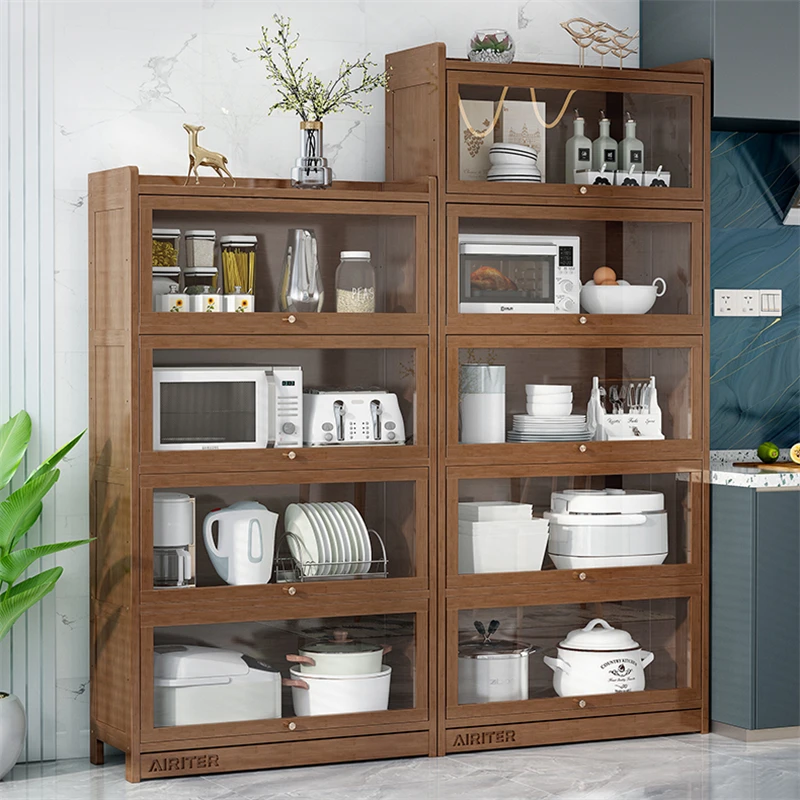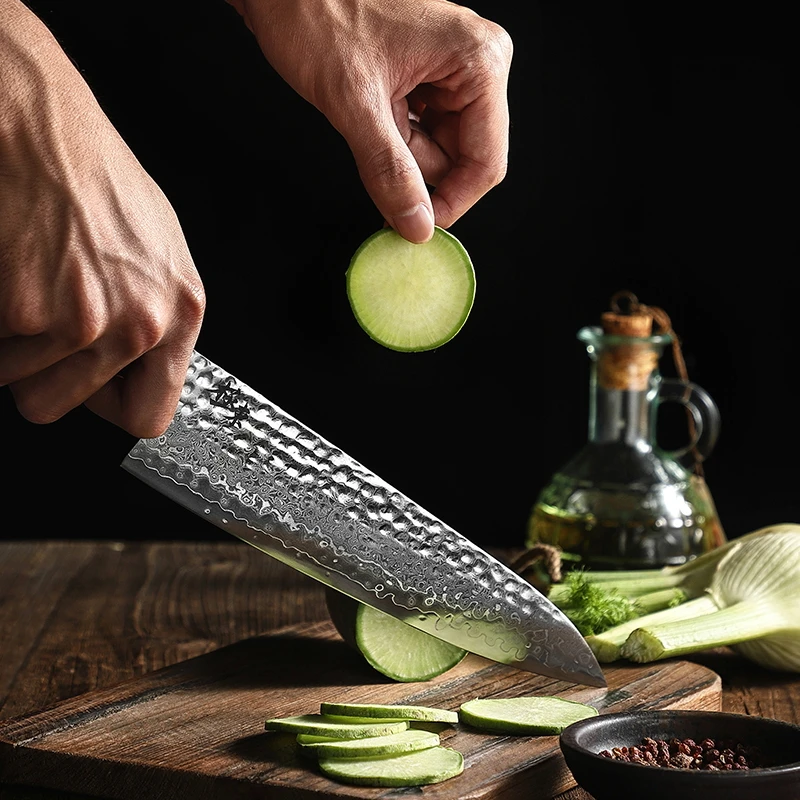Introduction
The 1970s brought a unique style to home interiors. Kitchens from that era often featured bold colors, intricate patterns, and heavy materials. Over time, many of these kitchens have become outdated. However, the cabinets, which hold substantial charm and character, can be transformed into something fresh and modern. In this article, we will explore how to breathe new life into 70’s old kitchen cabinets makeover through a detailed makeover.
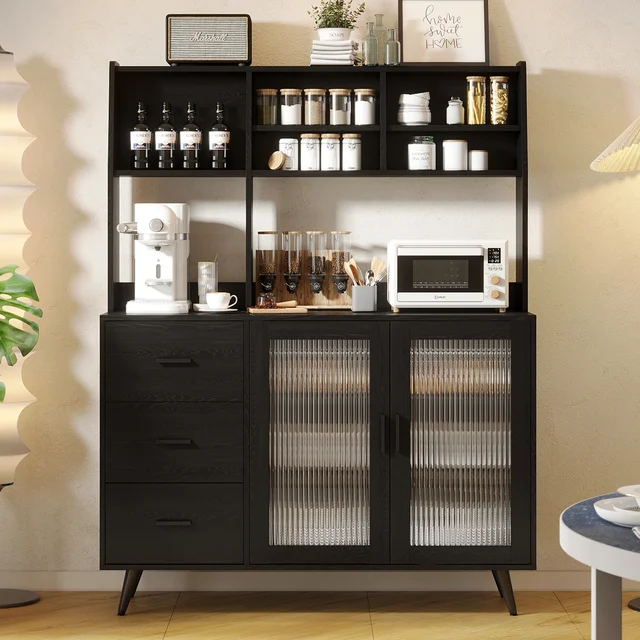
Understanding the 70’s Kitchen Aesthetic
The 1970s were all about experimentation. Kitchens had quirky appliances, earthy tones, and an array of textures. Wood was a staple in kitchen cabinets. Many cabinets were dark, often made from oak or walnut, giving a heavy look to the space. Along with these heavy woods, laminates with bold patterns also gained popularity.
Why Revamp 70’s Cabinets
Before diving into the makeover, let’s consider why revamping these cabinets is an appealing option. Older cabinets can be sturdy and made of high-quality materials, unlike some modern options. They often feature solid wood construction, which is durable and easy to refinish. By transforming such cabinets, you not only preserve a piece of history, but you also save money compared to buying new cabinets.
A makeover also allows you to retain the cabinetry’s original character while infusing your personal style. You can choose colors, textures, and hardware that reflect your taste and align with modern design trends. With a few simple changes, you can make a significant impact on your kitchen’s overall aesthetics.
Planning Your Kitchen Cabinet Makeover
To embark on a kitchen cabinet makeover, start with careful planning. A well-structured plan will help streamline the process and ensure that the final result is cohesive and stylish.
Setting a Budget
The first step in your planning process is setting a budget. Determine how much you’re willing to spend on your makeover. Costs can vary significantly depending on the scope of the project, from a simple repainting job to a complete refinishing. Consider potential extra costs, such as new hardware, paint, or tools you may need.
It is crucial to research and create a list of necessary materials and their costs. This will provide a clearer picture of your financial commitment. You can often find great deals on hardware and paint through local suppliers or online retailers.
Choosing Your Style
Next, define what style you want to achieve. Do you prefer a modern, minimalist kitchen or a rustic, farmhouse aesthetic? Look at design magazines, websites, and social media platforms like Pinterest for inspiration. Create a mood board to visualize how different colors and materials will work together.
Consider how the rest of your kitchen will look once the cabinets are revamped. Choose colors that complement your walls, countertops, and flooring. Think about the style of your appliances and how they fit into your design vision.
Preparing to Refinish Your Cabinets
Now that you have a plan, it’s time to prepare for the actual cabinet refinishing process. Proper preparation is essential to achieve a high-quality finish. Follow these steps to ensure a successful outcome.
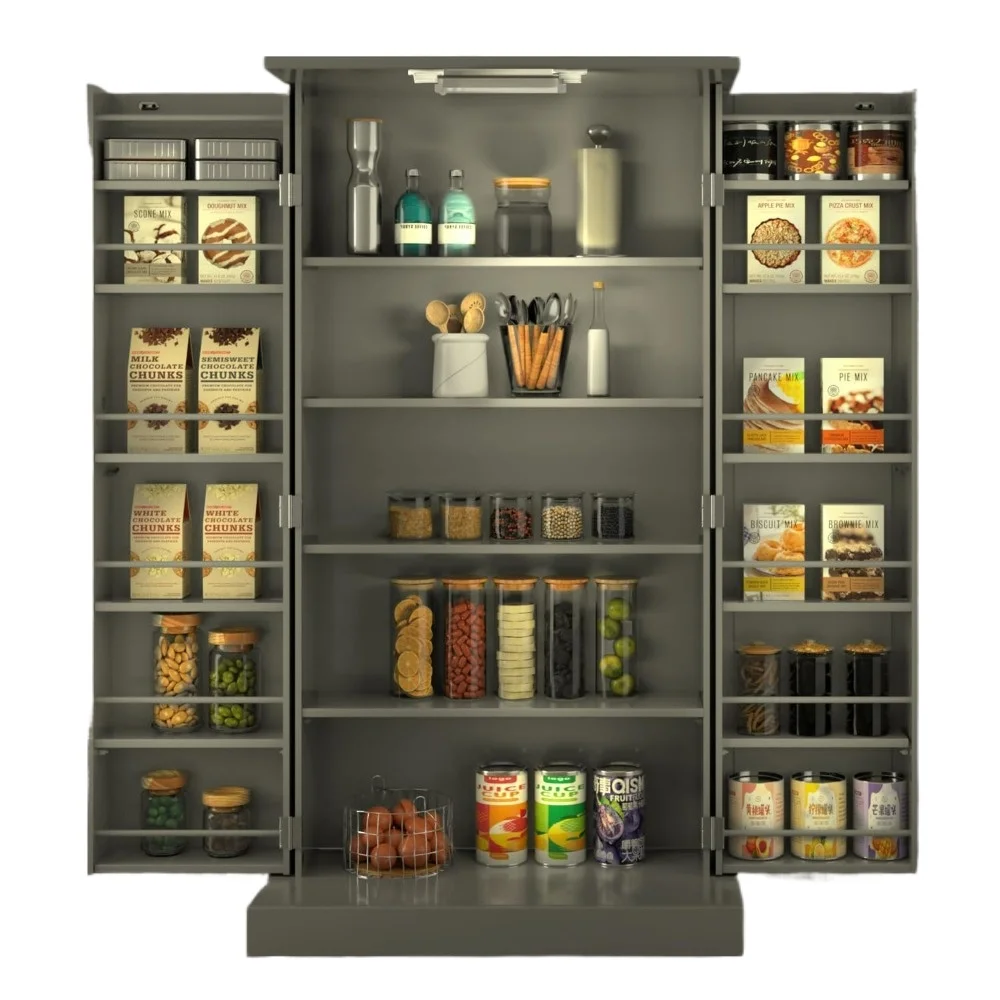
Gather Your Tools
Before you start, gather all necessary tools. You will need:
- Sandpaper (various grits)
- Paint or stain
- Primer (if repainting)
- Brushes and rollers for application
- Clean cloths
- Screwdriver for removing hardware
- Painter’s tape for a clean line
- Drop cloths to protect surfaces
- Safety goggles and a mask for protection
Having all your tools ready will make the process smoother. It reduces interruptions during your work time, ensuring you complete the job in a timely manner.
Clean the Cabinets
Cleaning is a crucial step that many people overlook. Grease, dirt, and grime can prevent paint from adhering properly. Use a degreaser or a mixture of warm water and soap to thoroughly clean the surfaces. Pay special attention to the corners and edges where dirt accumulates.
Once cleaned, rinse the cabinets with plain water to remove any lingering cleaning solution. Let them dry completely before moving on. This will ensure that your refinishing process gets off to a good start.
Remove Hardware
Next, remove all hardware, including knobs, handles, and hinges. Mark the location of each piece before removing them to make reinstallation easier. Place the hardware in labeled bags or containers to avoid losing any pieces.
For a fresh look, consider upgrading your hardware. Modern knobs and handles can significantly change the appearance of the cabinets and enhance your overall kitchen style.
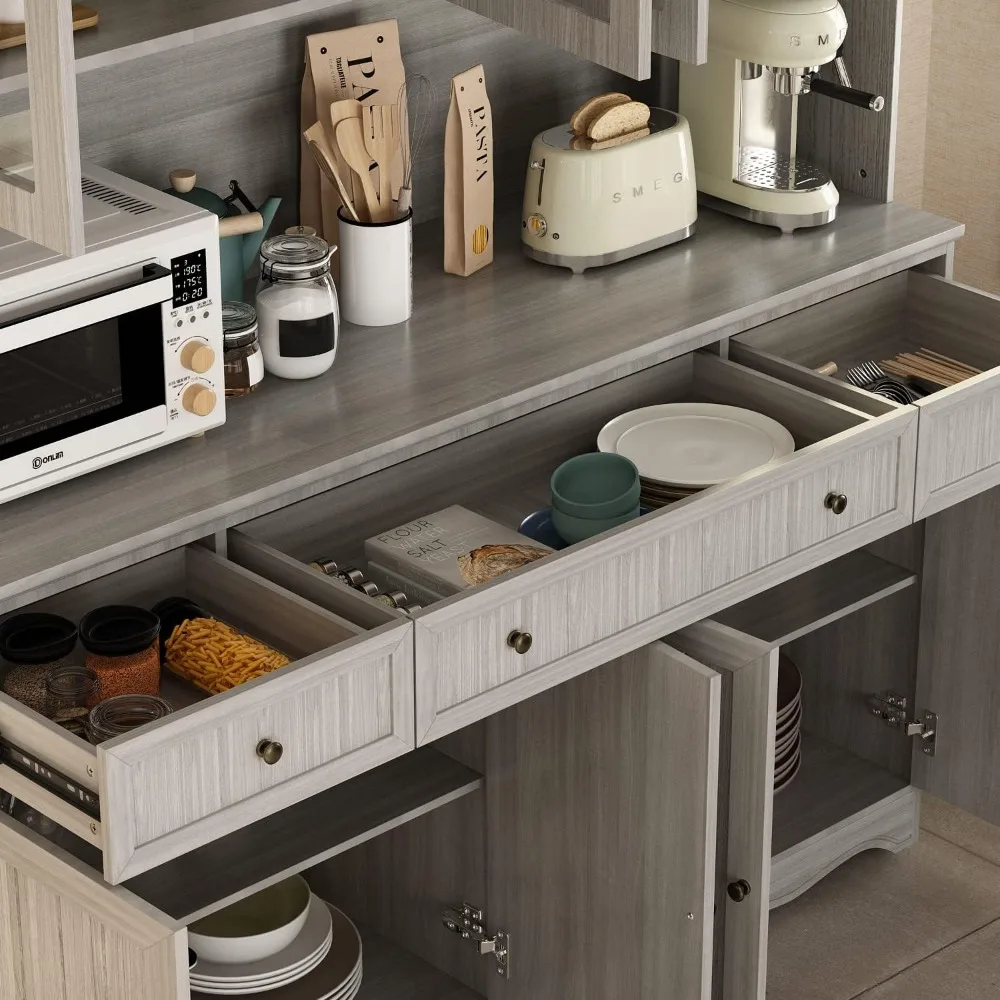
Refinishing the Cabinets: Painting vs. Staining
Now comes the exciting part: refinishing your cabinets! This can involve either painting or staining, depending on the effect you want to achieve. Let’s explore each option.
Painting Your Cabinets
Painting is a popular choice for many homeowners looking to revamp old cabinets. A fresh coat of paint can radically change the look of your kitchen. It’s a great way to brighten up a space or add a pop of color.
Choosing the Right Paint
Use a high-quality paint designed for cabinetry. These paints often have a durable finish that withstands daily wear and tear. You can choose between latex or oil-based paints. Latex paints dry faster and are easier to work with, while oil-based paints offer a smoother finish.
Preparation is Key
Before painting, be sure to prime your cabinets. This step is essential, especially if you are changing colors or working with a surface that has old paint. Primer helps the new paint adhere better and creates a uniform color base.
Applying the Paint
With the right tools in hand, start applying the paint. Use a brush for corners and detailed areas, and a roller for large flat surfaces. Apply evenly, and don’t rush the process. Allow sufficient drying time between coats for a successful finish.
Staining Your Cabinets
If you prefer a more natural look, staining is the way to go. This technique enhances the wood’s grain and brings out the beauty of your cabinetry.
Selecting the Right Stain
Choose a stain that complements your kitchen’s overall color scheme. Stains come in various finishes, from light to dark. Test a small area first to see how the wood reacts to the stain.
Application Process
Start by sanding down the cabinets to remove the old finish. Use a fine-grit sandpaper to smooth the surface before applying the stain. Apply an even coat of stain using a lint-free cloth or brush. Wipe off excess stains with a clean cloth to prevent blotching. Allow it to dry completely before adding a protective top coat.
Finishing Touches: Hardware and Accessories
Completing your cabinet makeover involves focusing on the little details. Hardware, for instance, plays a significant role in tying together your kitchen’s overall theme.
Choosing New Hardware
If you decided to upgrade your hardware, take the time to select pieces that resonate with your chosen style. Consider the size, shape, and finish of the knobs and pulls. Sleek and modern hardware may work well in a contemporary kitchen. In contrast, vintage-style knobs complement more traditional designs.
Installing new hardware is usually straightforward. Simply align the new pieces with your pre-marked locations and secure them using a screwdriver. Ensure each piece is securely attached to avoid any future mishaps.
Accessorizing Your Kitchen
Once your cabinets look fabulous, elevate the whole kitchen look by adding accessories. Decorative elements like a stylish fruit bowl, chic dish racks, or eye-catching wall art can create a harmonious atmosphere. Consider the placement of your accessories to maintain a tidy and functional space.
Don’t forget about kitchen organization! Introduce stylish storage solutions to keep counters uncluttered. Baskets, organizers, and shelf risers can maximize space and add to the overall appearance of your kitchen.
Final Thoughts: Enjoying Your Revamped Kitchen
After all the work and effort you put into transforming those outdated 70’s cabinets, it’s time to step back and admire your creation! Your kitchen should now reflect your personality and style.
Celebrate your hard work by inviting friends or family over to show off your revamped space. They’ll likely be impressed and may even ask how you achieved such a stunning transformation. And remember, with proper care and maintenance, your refinished cabinets can last for many years.
Maintenance Tips
To keep your cabinets looking great, use gentle cleaners and avoid harsh chemicals. Regularly wipe down surfaces to maintain their appearance. Periodically check for any signs of wear or damage. Addressing small issues quickly can help prolong the life of your cabinets.
A kitchen is often a focal point in a home, where families gather and memories are made. By revamping those 70’s cabinets, you not only preserve a piece of history but also create a beautiful space filled with warmth and character. Your efforts will yield a kitchen that is both functional and stylish, making it a place you’ll enjoy for years to come.
With the steps laid out in this guide, you are now equipped to take on the challenge of revamping your 70’s kitchen cabinets. Embrace the process and enjoy every moment of turning your kitchen into a vibrant, modern space that feels just right for you.
